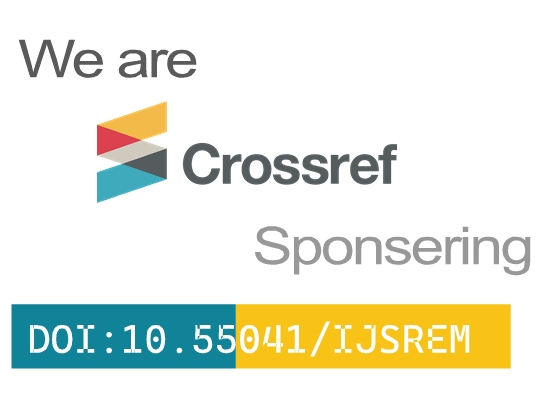“Drone Technology in Defense”
P.P.Farakte1,Sanika C. Gatade2,Trupti P. Lohar3,Sravani Desai4
1,2,3,4, D.Y.Patil College of Engg and Technology, Kolhapur, Maharashtra.
1Asso. Prof . D.Y. Patil College of Engg and Technology, Kolhapur, Maharashtra.
E-mails: 1 fpranjal1996@gmail.com,2 sanikagatade00@gmail.com , 3 truptipramod2004@gmail.,
4desaisravani9@gmail.com
Abstract-Drone technology has become a game changer in modern defense. It gives armed forces new capabilities in surveillance, reconnaissance, target acquisition, and combat operations. Unmanned Aerial Vehicles (UAVs) lower risks to human soldiers by taking on missions in dangerous or hard-to-reach areas. Drones come equipped with high-resolution cameras, sensors, and sometimes weapons. They allow for gathering intelligence in real-time and making precise strikes. Recent developments in artificial intelligence, stealth design, and self-guided navigation have broadened their military uses, including swarm tactics and electronic warfare. However, challenges like cyber security threats, airspace regulations, and ethical issues surrounding autonomous combat continue to shape their growth and use. Drone technology, also called Unmanned Aerial Vehicle (UAV) systems, is changing modern defense strategies by improving surveillance, intelligence, and combat operations. Drones can work in high-risk or inaccessible areas, reducing danger to soldiers while keeping constant watch over battlefields and borders. They serve various purposes, including reconnaissance, target acquisition, logistics support, communication relay, and precision strikes.
Despite these benefits, defense drone technology has hurdles to overcome. These include limited flight time in smaller UAVs, cyber security weaknesses, managing airspace, and moral questions about autonomous lethal operations. The global race in drone development shows their strategic role in modern warfare, making them an important focus for research, investment, and policy regulation for future defense systems.
Keywords- Micro-UAV, small unmanned aerial vehicle, micro-drone applications, remote sensing, autonomous flight, payload, sensor integration, obstacle detection, navigation systems, and micro-Doppler signatures







